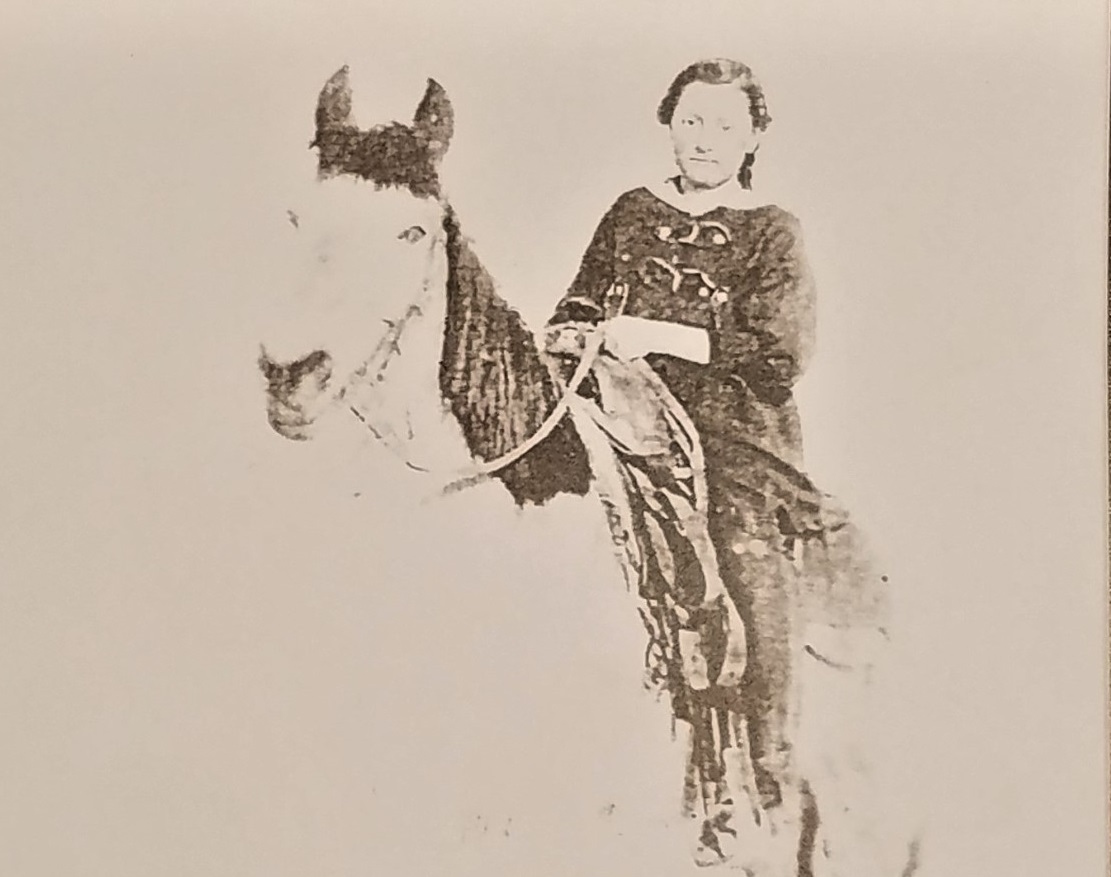Read Chapter 1 here There came days when Mother walked the floor, wringing her hands, while our father tried reasoning with her, and reassuring her. It was no use. Our young uncle was away working and no word had come from him for months. He was rumored to be hauling dynamite for construction work at…
Author: Greg Nickol
Greg Nickol is Great Falls businessman, entrepreneur and concerned citizen.
Prairie Childhood, A Memoir By Anna M. Nickol – Chapter One
Editors note: We hope you enjoy this story by Anna M. Nickol (1909-2005) about her family’s homestead in Toole County, MT. E-City Beat will publish the story a chapter at a time as they become available from Anna’s nephew Greg Nickol as he transcribes from the original book publication. Prairie Childhood, a Memoir by Anna M. Nickol…
Where’s The Beef – Madison Food Park?
I moved to southwest Kansas in the early nineteen-seventies as that area (Garden City, Dodge City and Liberal) experienced an economic boom based on the growth and influx of cattle feed lots, slaughter-houses and beef transport facilities. Like present day Montana, Finney, Ford and Seward, Kansas counties had just one major export….their young people, most of…




